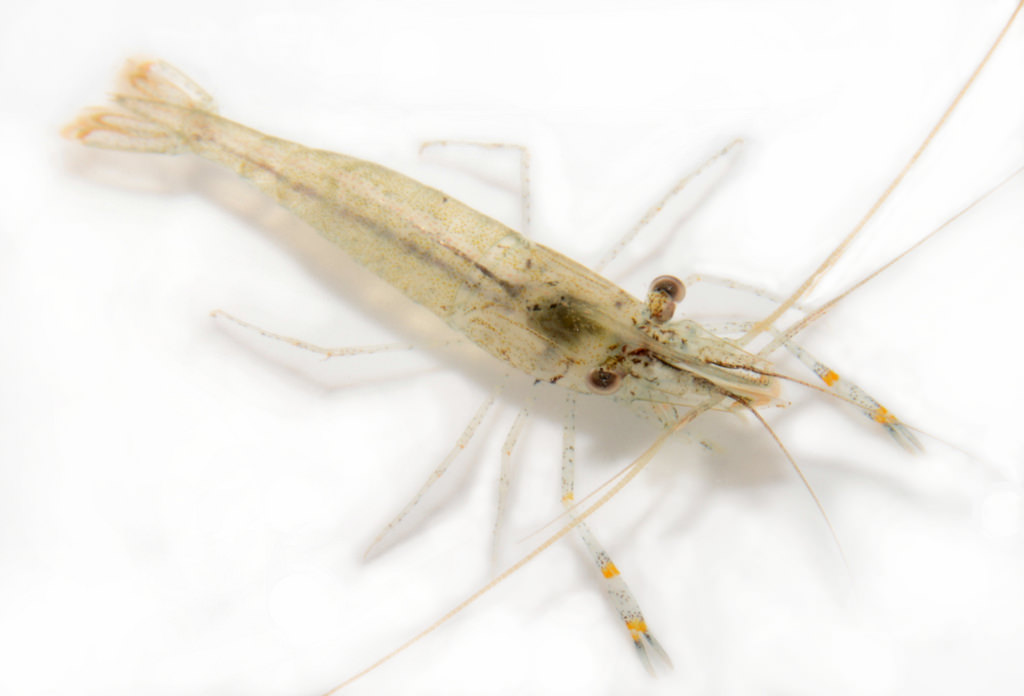Overview of Barcode the Lake Goals
/Introduction
Lake Merritt in Oakland, California represents one of the most interesting anthropocene environments on the planet as its waters are filled with organisms from around the world that have made their way in the ballast water of ships harboring at the nearby port. The study of invasive marine invertebrates got its start at Lake Merritt and the park surrounding the lake is also filled with organisms from around the world, some by design, but most by accident. The identification of organisms has classically been based on the physical features of the organism, the morphology, but as DNA sequencing has become cheaper it has become a great tool for identifying organisms that have difficult morphology and elucidating lineages between organisms. The recent explosion of Citizen Science projects where non-professionals are engaged in solving problems or generating data used by the scientific community is changing the way large scientific problems are tackled and help build skills in communities engaged in the projects. This projects looks to use a Citizen Science approach to generate data down to a genetic level on the organisms of Lake Merritt, build transferable lab skills and field identification skills in participants from the community.
A brief visual sampling of Lake Merritt's organisms:











Evolving list of Lake Merritt organisms on iNaturalist.
Goals
To engage the public and contribute scientific knowledge about the organisms that live around and in Lake Merritt. Special emphasis through advertising and support will be used to get communities usually not engaged in citizen science projects involved.
The project has three goals in relation to the organisms
1. Visual observations of organisms collected into the citizen science platform iNaturalist, 500 per year.
2. Collections of organisms when appropriate and with permit for local herbarium or archive. 20 organisms per year with visual data in iNaturalist = BarcodeTheLake
3. DNA Sequencing of organisms with sequences going into GenBank. 20 organisms per year.
The project has three goals in relation to the community
1.Engage at least 50 to use iNaturalist to document organisms around Lake Merritt per year.
2.Increase the knowledge of participants about the diversity of life around the lake and their effects on us and our effects on them
3.Allow at least 25 people to have hands on experience extracting, amplifying and sequencing DNA from Lake Merritt organisms.
Methods
In order to hit the goals related to the organisms taxa related Bioblitzes of the lake will take place throughout the year based upon when that taxa is most available. The goal for the first year is three Bioblitzes. Permits will be obtained through the appropriate agencies for collection of organisms during these Bioblitzes to build a collection of specimens . DNA extraction, amplification and send out for sequencing will take place at the Rotary Nature Center under the guidance of Damon Tighe a former researcher on the Human Genome project who has ample experience with DNA sequencing. All data will be kept in a project on iNaturalist so anyone in the world can easily access the data generated by this project. DNA sequences will also be submitted to Genbank, the world’s repository for DNA sequences. The first taxa to be worked with will be Fungi due to the large diversity that is coming up due to this wet year. The second taxa to be worked on will be plants and then insects , marine crustaceans and other marine invertebrates.
In order to hit the goals in relation to the community advertising will be done through local schools and community groups to target individuals that might not usually have exposure to these sorts of activities. Participants will be asked to fill out a survey with questions about their relationship to the natural world broadly and Lake Merritt specifically before their first event. A similar survey will be sent out after they have completed one or more events. For those interested in using this as a way to gain skills in the prospect of a job, help will be offered in terms of letters of recommendation or resume writing .
Budget
Start up cost (durable goods)
Item Cost
Thermalcycler 2500
Centrifuge 500
Waterbath 200
Micropipettes 500
Powersupply 300
Horizontal Gel Box 300
------------------------------------------------------------
Total $4,300
Yearly cost (consumables + Labor)
Item Cost
Primers 100
Master Mix 200
Micropipette tips 50
plastics (PCR tubes) 50
Agarose Gels 70
Running Buffer 25
DNA Stain 25
Sequencing Service (25 samples) 250
Labor ( 35 hours) 700
------------------------------------------------------------
Total $1, 470
Total start up and 1 year operation cost $5,770



